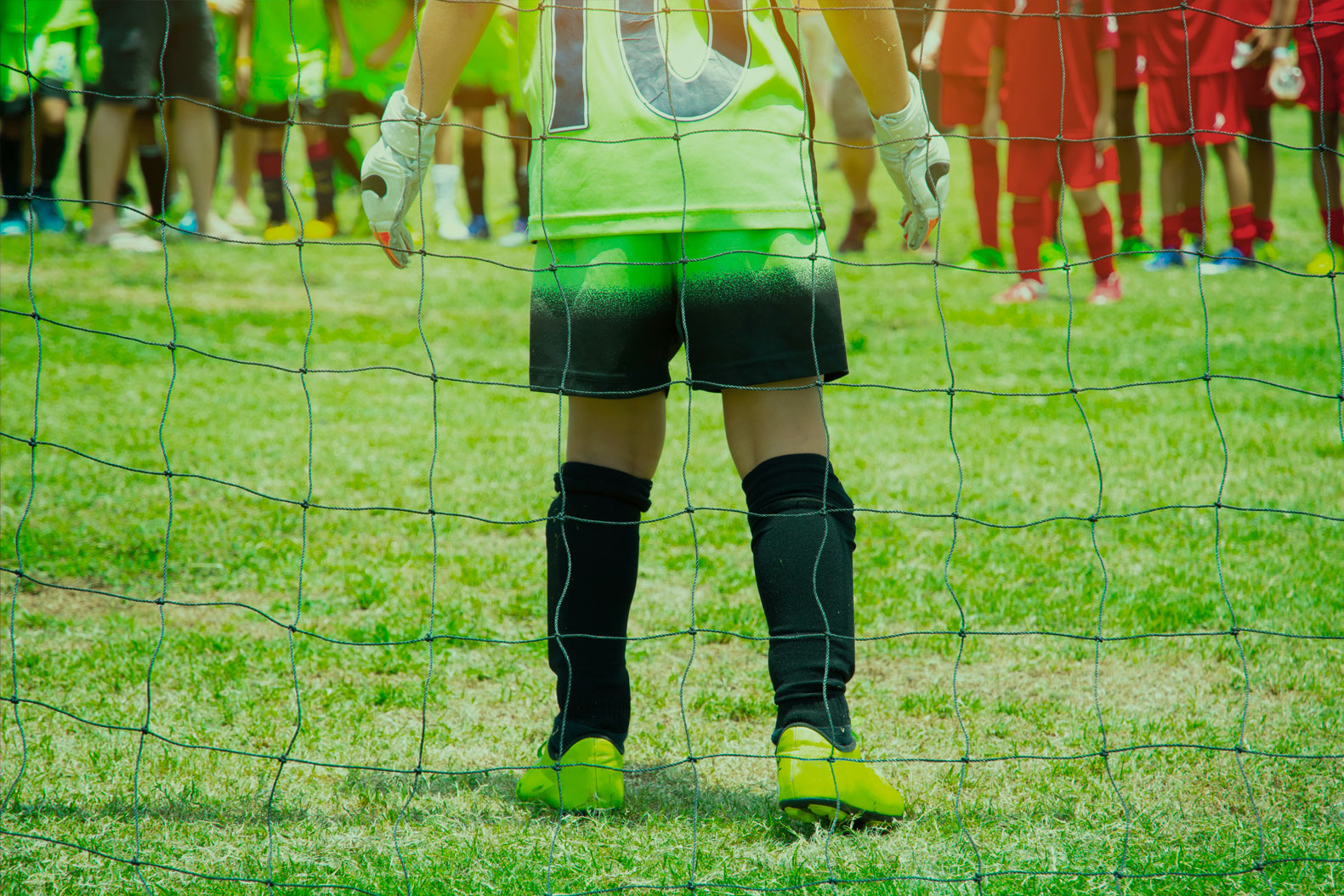
Improving ball handling under pressure: techniques and tricks for safe intervention in critical situations
Antoine Roex, Keeper In Motion – 03 April 2025
Strengthening your ability to handle delicate situations on the pitch requires genuine mental and physical preparation. Discover how to develop reliable reflexes, consolidate your technique and manage the intensity of the game to ensure every intervention in critical moments.
Understanding the importance of ball control
The ability to control the ball in phases of great tension requires in-depth work that goes far beyond simple routine exercises. The mind plays a central role, as a calm player is more able to anticipate trajectories and react quickly. Attention to posture and weight distribution promotes greater stability, even under pressure from opponents. Sessions focusing on visualization help you project yourself into real-life conditions, enabling you to adjust key gestures before taking action. The entourage and support of the team are also important in boosting confidence and reducing the fear of making a mistake. Professionals stress the importance of a positive frame of mind to improve concentration and limit unnecessary stress. Regular training in a realistic setting, punctuated by simulated crisis situations, sharpens reactivity. Progress is seen in the precision of interventions and the ability to adapt to sudden changes of pace.
Developing effective reflexes under pressure
Technical ease is shaped through carefully targeted repetitions to strengthen overall coordination. Exercises focusing on speed of execution and instantaneous decision-making sharpen the senses, which becomes essential when the opponent becomes a threat. Observation of the ball as soon as it is in motion optimizes trajectory reading and limits approximations, a key factor in decisive moments. Lateral mobility is a major asset for adjusting body positioning and responding to a variety of shots. Fluidity of movement helps to absorb impact and stabilize the ball, while flexibility reduces the risk of releasing the ball. Muscular strengthening, particularly of the upper body, improves grip strength and shock resistance. A sustained training rhythm, coupled with well-organized recovery breaks, maintains optimal alertness levels without exhausting the body. Stress simulators create an environment close to the reality of the field, stimulating instinct for rapid progress.
Preparing mentally for every critical situation
Stress management needs to be worked on beforehand to develop resilience in the face of adverse pressure. A state of mind focused on the present moment helps to channel emotions and neutralize the fear of failure, which can interfere with precision. Deep breathing or cardiac coherence techniques help to calm the nervous system and maintain a high level of lucidity. Positive self-talk boosts self-confidence and encourages decisive action, even in the riskiest situations. Immersive training sessions with sound effects and fan shouts reproduce the extreme conditions of an official match, allowing players to familiarize themselves with the surrounding tumult. The visualization of successful sequences anchors automatisms and limits panic reactions at the crucial moment. Group sessions where everyone shares their feelings form a close-knit group, ready to support each other at crucial moments. Video feedback then reinforces understanding of the gestures to be corrected, and helps to identify shortcomings more quickly.
Refine your technique with experience
Progress in ball handling becomes more visible when constant follow-up is ensured and objectives are clearly defined. Feedback from an experienced trainer instantly corrects bad habits and adjusts every movement. Intensive sessions scheduled at regular intervals focus on consolidating acquired skills and stimulating technical excellence. High-intensity training matches encourage fatigue management and the preservation of lucidity over time. Observation of experienced players inspires the adaptation of winning postures and gestures, while leaving room for your own style. Repetition of difficult situations, such as aerial balls or close-range shots, sharpens reflexes and concentration. Recovery work and injury prevention maintain consistency of performance, a decisive factor in remaining reliable throughout the season. Regular review of sessions encourages questioning and innovation to maintain a high level of responsiveness.
Conclusion
The use of data to personalize continuing training courses represents a major asset in a constantly changing environment. The ability to accurately analyze individual progress and needs guarantees continuous optimization of programs, which then become veritable springboards to professional success. Commitment and motivation are enhanced, thanks to a learner-centered approach rather than a rigid pedagogical framework. Organizations that rely on these personalization strategies demonstrate innovation and flexibility, two essential qualities for anticipating tomorrow’s professions and sustainably supporting their employees’ skills.
References :
